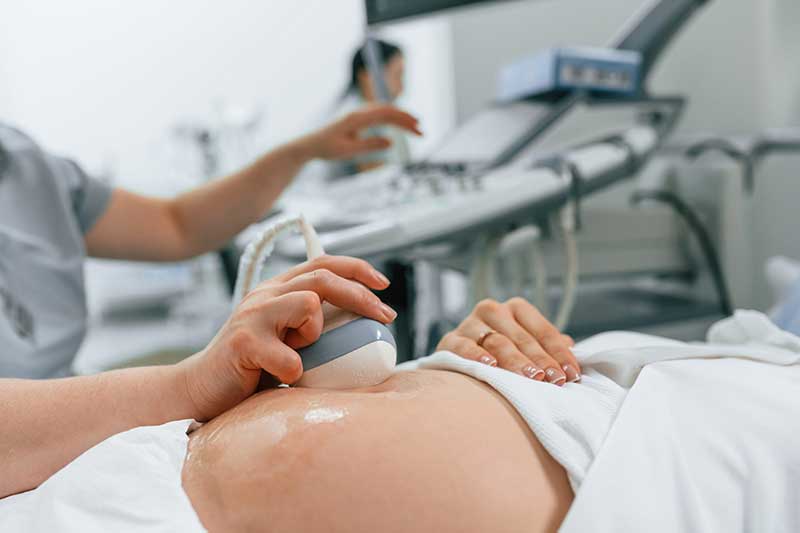For decades, ultrasound technology has served as a cornerstone in medical imaging, giving a non-invasive and safe view of the human body. The transition from 2D ultrasounds to today’s 4D scans demonstrates a notable increase in imaging capabilities, notably in prenatal treatment. This progress has not only improved diagnostic processes, but also the overall experience for expecting parents.
The Beginning: 2D Ultrasound
Ultrasound technology originated with two-dimensional imaging. For years, this was the conventional type of ultrasound, producing two-dimensional, flat images of the fetus. These black-and-white photos, while valuable, provided limited perspectives, making it difficult to grasp the full extent of fetal health and development.
Advances in 3D Ultrasound
The invention of 3D ultrasound was a great milestone. Unlike its predecessor, 3D ultrasound can provide three-dimensional images with views of width, height, and depth. This augmentation allowed doctors to observe the fetus’s width and curves, allowing finer views of the anatomical structure. This was especially effective for spotting structural anomalies and comprehending more complex circumstances that could not be properly grasped in 2D.
Introduction of 4D Ultrasound
The transition to 4D ultrasonography resulted in real-time footage of fetal movements. This dynamic 3D ultrasound catches live video of the baby moving in the womb. The fourth dimension, time, introduces a moving, real-time element, allowing parents and healthcare professionals to observe actions like yawning, smiling, and swallowing.
Revolutionizing Prenatal Imaging
The move from 2D to 3D and then 4D ultrasounds has transformed prenatal care in several important ways.
- Improved Diagnostic Accuracy: With the introduction of 3D and 4D ultrasounds, doctors may diagnose some diseases more accurately and earlier in the pregnancy. This expertise is critical for developing therapies that will improve the health outcomes of both mother and child.
- Enhanced Patient Experience: The ability for pregnant parents to see precise photographs of their developing baby significantly improves the prenatal journey. The emotional and psychological effects of watching a newborn move in real time can greatly improve parental attachment.
- Educational and reassuring: With these new devices, healthcare personnel may better explain the fetus’s status and progress. They are also quite helpful in calming parents when they see that their unborn child is developing normally.
- Research and Innovation: The precise data acquired from 3D and 4D ultrasounds are invaluable to researchers, pushing the boundaries of prenatal care and medical interventions.
The Future of Ultrasonic Technology
The field of ultrasound technology is always evolving, with new improvements aiming at enhancing image clarity, lowering prices, and making the technique more accessible around the world. The next steps could involve larger imaging dimensions, integration with artificial intelligence for better diagnosis, and portable systems that could make advanced medical imaging more accessible.
The transition from 2D to 4D ultrasound technology represents more than just a technical advancement, but also a significant shift in how medical professionals approach prenatal care and diagnoses. This technology has transformed ultrasound imaging from a simple diagnostic tool to an interactive, engaging experience in which the fetus comes to life before birth. As technology advances, the possibility for even deeper insights into prenatal health is limitless, offering a future in which prenatal care is more knowledgeable, sympathetic, and effective than ever before.

